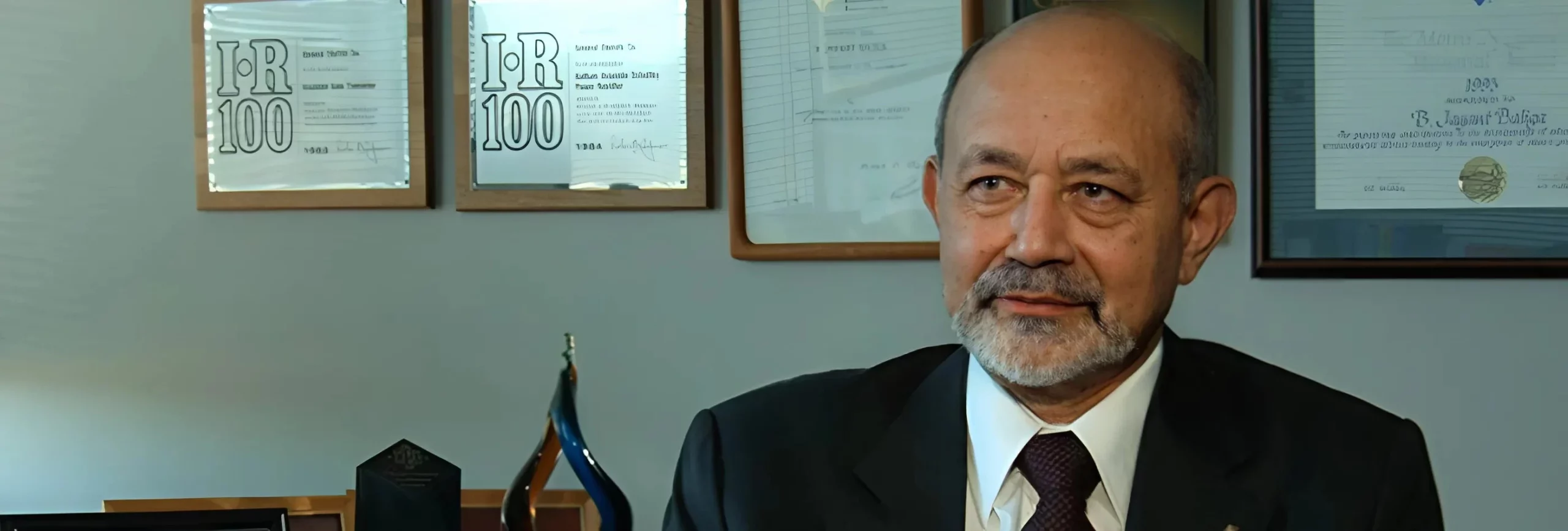(October 4, 2024) Imagine a world where energy flows seamlessly – powering your home, car, and even life-saving medical devices – with minimal environmental impact. This isn’t science fiction. It’s the legacy of one man’s invention, an invention that has saved the world over $15 trillion in costs and reduced carbon emissions by the equivalent of three years of human activity. The mastermind behind this global transformation is Bantval Jayant Baliga. The Indian-origin scientist’s groundbreaking invention of the Insulated Gate Bipolar Transistor (IGBT) has reshaped industries and influenced millions of lives worldwide.
In 2024, Professor Baliga stands at the brink of yet another milestone in his life. “This award comes at the culmination of my career, so the timing is perfect. It’s a flattering recognition of my work,” remarked Bantval Jayant Baliga, an inventor, entrepreneur, and emeritus professor at North Carolina State University, following the announcement of his name for the 2024 Millennium Technology Prize. Awarded by the Technology Academy Finland, the prize comes with a €1 million reward, honouring innovations that have positively impacted millions of lives. Baliga will officially receive the award on October 30 in Finland from Finnish President Alexander Stubb.
The inventor, who was named by Forbes as the person with the world’s largest negative carbon footprint when inducted into the Inventors Hall of Fame in 2016, now joins a distinguished list of Millennium Technology Prize laureates, including Tim Berners-Lee, creator of the World Wide Web, who was the first recipient in 2004.
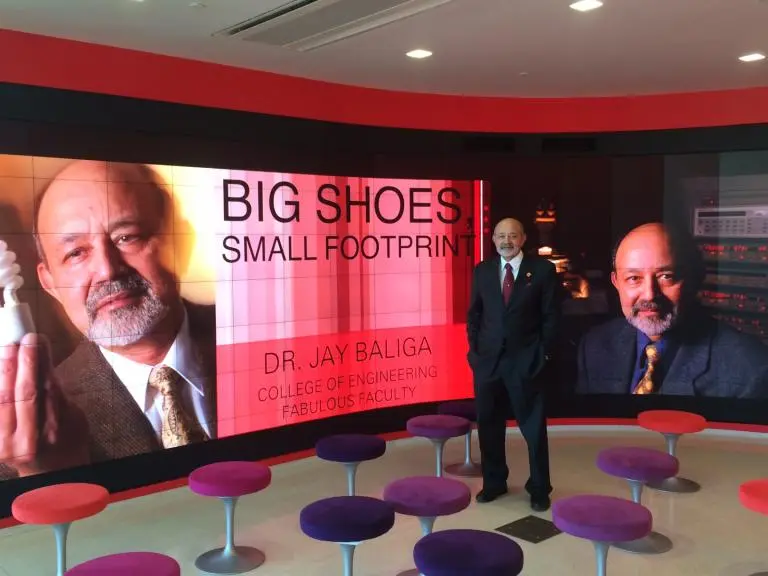
Bantval Jayant Baliga
An alumnus of IIT Madras, Professor Baliga has 36 years of academic experience and holds 120 U.S. patents, many of which he has successfully commercialised through four startups based in North Carolina.
When I came to the United States, I arrived as a 20-year-old with a dream of creating technology that would benefit humanity. I feel my dream has been fulfilled beyond my wildest expectations.
Professor Bantval Jayant Baliga said reflecting upon his journey
Helped save trillions of dollars
The 76-year-old electrical engineer’s groundbreaking invention, the Insulated Gate Bipolar Transistor (IGBT) is a semiconductor power switch that has decreased gasoline consumption by 10% and enhanced electrical energy efficiency by over 40%. This small chip, which regulates energy usage, is utilised in a variety of applications, including household appliances (from light bulbs to air conditioners and refrigerators), industrial products, automobiles (including electric vehicles and bullet trains), and renewable energy generation systems. IGBT is also a vital component in medical devices like compact cardiac defibrillators, playing a crucial role in saving lives globally.
It has generated over $15 trillion in cost savings for consumers and has laid the foundation for the smart grid. A smart grid is an advanced electrical network that uses digital technology to monitor, manage, and optimise the distribution of electricity efficiently. It enables the integration of renewable energy sources, enhances reliability, and reduces energy waste.
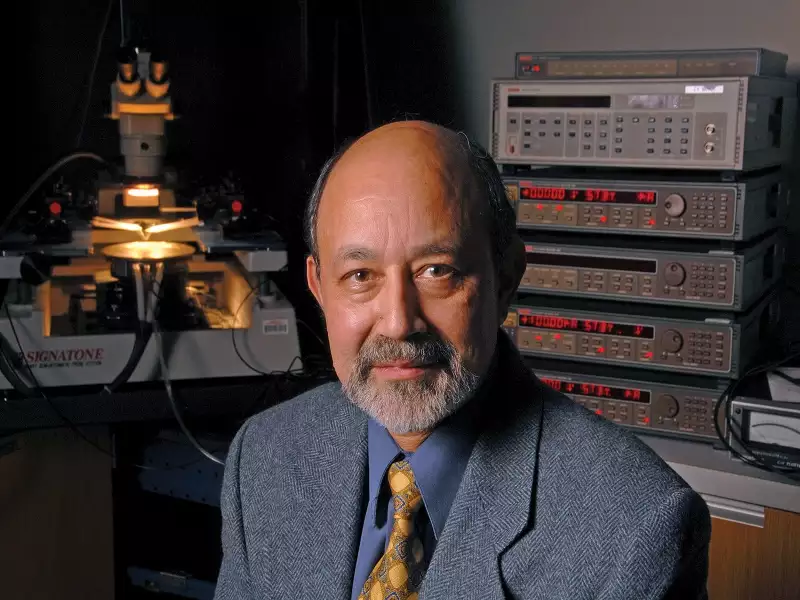
Bantval Jayant Baliga
Describing the energy-saving impact of IGBT, Baliga stated:
It adds up to over 180 trillion pounds of carbon dioxide over the last 30 years. That is as much carbon dioxide as human activity generates in three years.
Since its introduction, the IGBT has significantly reduced environmental pollution and saved consumers an estimated $36.5 trillion by cutting gasoline consumption by over 1.79 trillion gallons and reducing electricity usage by more than 133,000 terawatt-hours.
It has not just improved energy efficiency but has reduced pollution, and has lowered global carbon dioxide emissions by over 82 gigatons. Its impact on energy consumption over the past three decades has made a substantial contribution to environmental sustainability globally. Professor Baliga has received numerous awards and accolades for his invention.
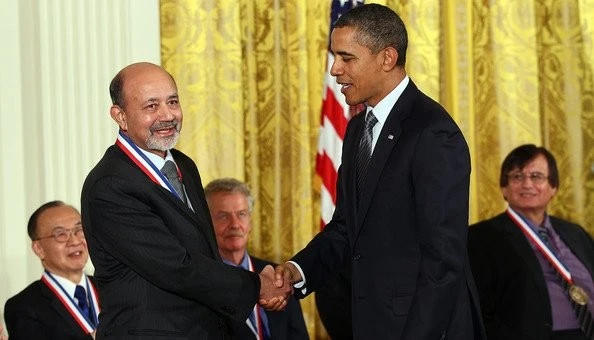
Prof Baliga received National Medal of Technology from US President Obama
It all started when…
In 1974, when Baliga joined General Electric’s Research and Development Center as an engineer in the US, he and his colleagues faced a significant challenge. One of the company’s vice presidents tasked them with developing a new technology that would be “better than all the existing technology they were using at the time.” Baliga recalled, “Within a month of his request, I put together the patent disclosure for creating the IGBT.”
Baliga invented a new high-voltage transistor that, for the first time, utilised a metal oxide semiconductor gate region to control a bipolar current within a single device. This three-terminal power semiconductor device combined high efficiency with fast switching capabilities. Today, the IGBT is manufactured worldwide and controls the flow of power from electrical energy sources to various applications that require energy.
An impactful, multidimensional career
After spending 15 years at the General Electric Research and Development Center in Schenectady, New York, Bantval Jayant Baliga joined North Carolina State University in 1988 as a professor of electrical engineering and was promoted to Distinguished University Professor in 1997, and is still associated with the academic institution. He has also founded four startups that produce products based on semiconductor technologies.
Among his several innovations is the GDMOSFET transistor, which is manufactured worldwide for low-voltage applications in computers, data centres, and automotive electronics. Baliga’s accolades include the 2011 National Medal of Technology and the 2014 IEEE Medal of Honor.
Due to the significant impact of his work on energy consumption, it has been suggested that Baliga possesses the smallest carbon footprint in the world. However, he has a different perspective:
Many people can claim to have a zero-carbon footprint. I believe that it’s more accurate to say that I have the largest negative carbon footprint in the world.
Professor Baliga remarked
The impact of his inventions is expected to grow exponentially, as the IGBT is an essential component for the deployment of electric vehicles and the generation of renewable energy, both crucial in combating climate change.
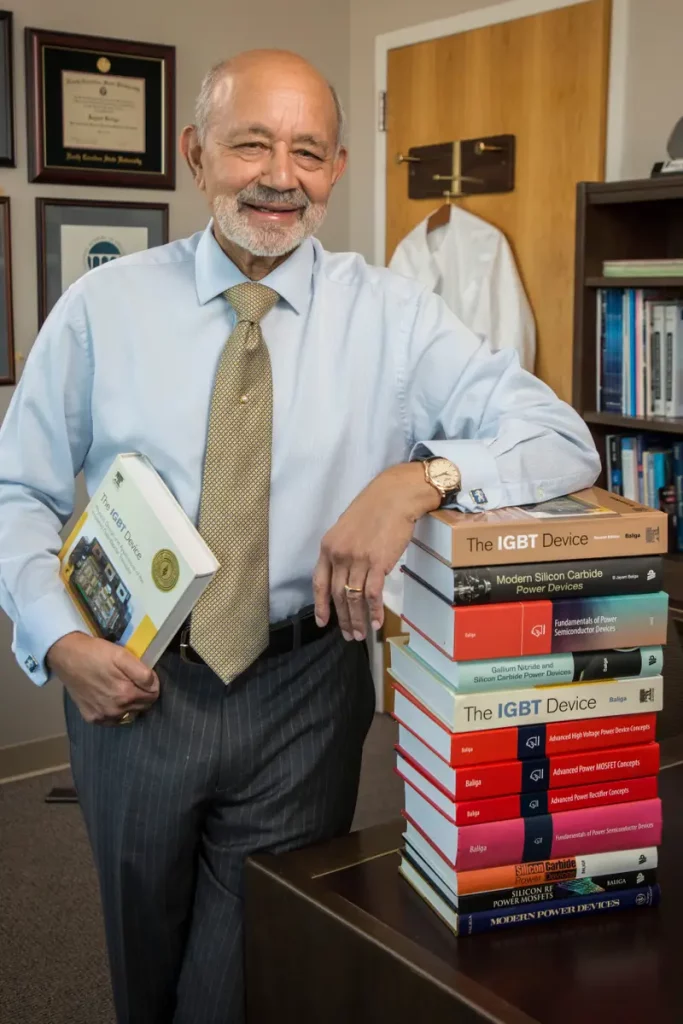
Professor Bantval Jayant Baliga
Influences that shaped the innovator
In a recent interview, Baliga credited his education at IIT Madras for shaping his career and contributing to his many successes. He also shared how his father, Bantval Vittal Baliga, influenced his path. His father was the first chief engineer of All India Radio after Independence and played an important role in establishing the Indian branch of the Institute of Radio Engineers (IRE), which later merged to form IEEE. “I grew up reading articles by influential engineers who won IEEE medals of honour. Now that I have received the IEEE medal myself, it’s an incredible honour to be part of that group,” he remarked.
Baliga described his father, a well-known electrical engineer, as a significant inspiration in his life. “My father was a very big inspiration,” he shared. “But I wanted to get out of his shadow and make my own mark in the world.”
He lived in Delhi until the age of 10 before moving to Bengaluru, where he attended Bishop Cotton Boys’ School. He went on to pursue electrical engineering at IIT Madras. After completing his undergraduate studies, Baliga moved to the United States in 1969 to pursue a master’s and PhD at Rensselaer Polytechnic Institute in New York. “In 1969, the Indian government only allowed us to carry $10 due to limited foreign reserves. It was my first trip out of India, and I had never seen snow before,” he recalled.
Bantval Jayant Baliga’s journey from India to becoming a globally recognised inventor in the U.S. highlights how Indian education and values, when combined with international exposure, can provide a solid foundation for groundbreaking contributions to science and technology, shaping industries and positively impacting millions of lives worldwide.
Read a similar story of:
Lalita Ramakrishnan, honoured with the 2024 Robert Koch Prize for TB research.
Dr Amit Singhal, transforming lives through education.

